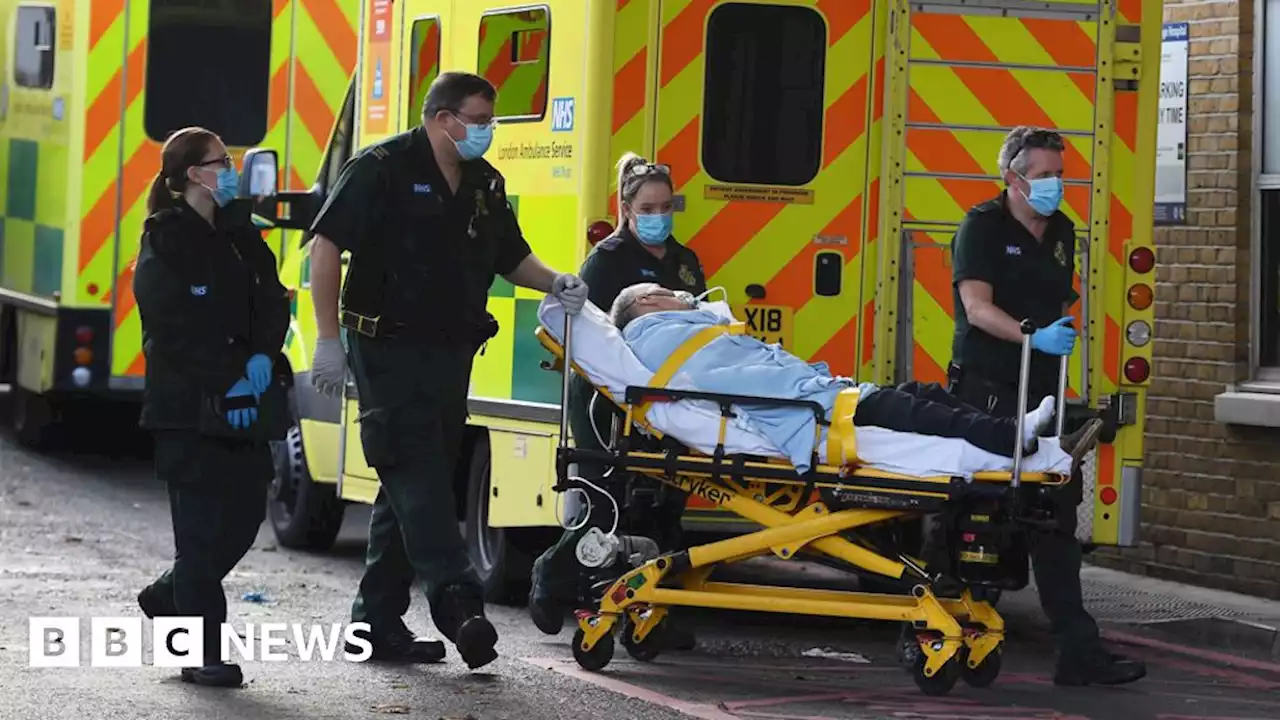Paramedics say the problems are causing patients severe harm.
More than 10,000 ambulances a week are caught in queues of at least an hour outside accident-and-emergency units in England, a BBC News analysis shows.
In Cornwall, patients facing emergencies such as heart attacks and strokes are now waiting more than two hours on average for an ambulance. The target is 18 minutes. College chief executive Tracy Nicholls said: "We all know patients are coming to harm and in some cases severe harm." Marianna Flint's 85-year-old mother, Koulla, is just one of thousands of patients a day caught up in the problems.
United Kingdom Latest News, United Kingdom Headlines
Similar News:You can also read news stories similar to this one that we have collected from other news sources.
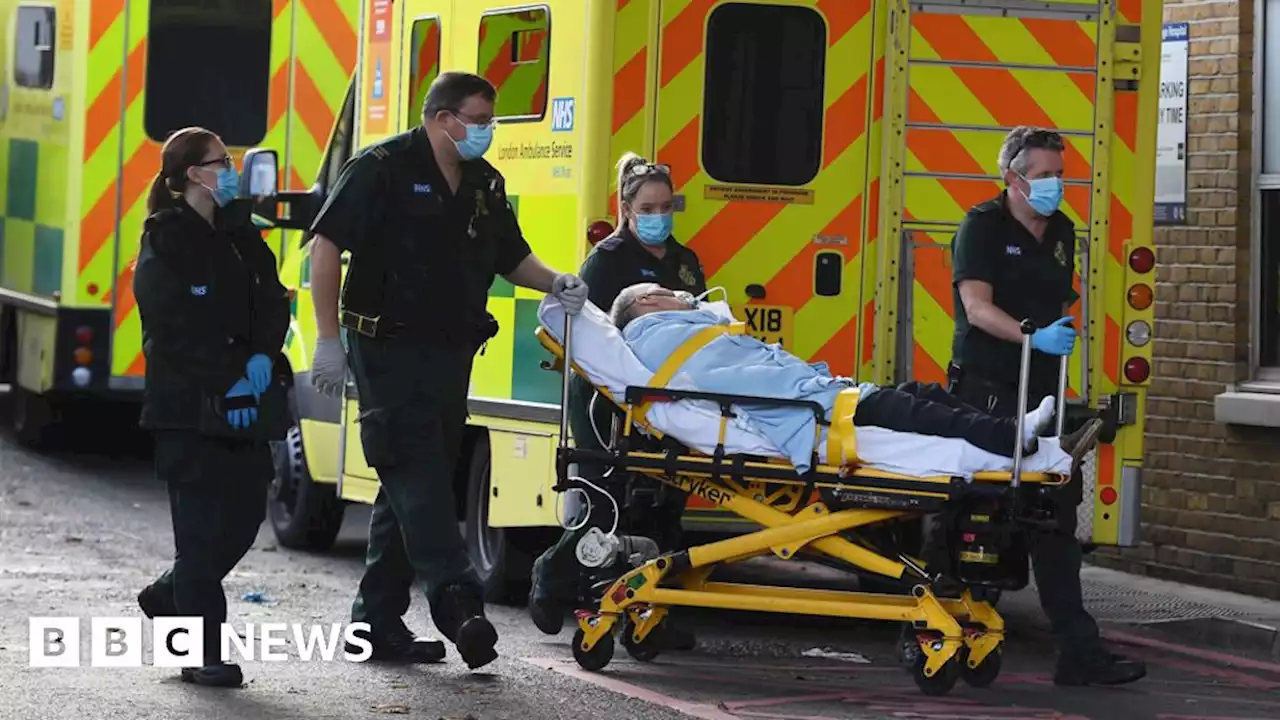 Ambulance waits of 40 hours as NHS delays worsenWoman, 85, endured 'agonising' wait, with paramedics warning problems likely to worsen.
Ambulance waits of 40 hours as NHS delays worsenWoman, 85, endured 'agonising' wait, with paramedics warning problems likely to worsen.
Read more »
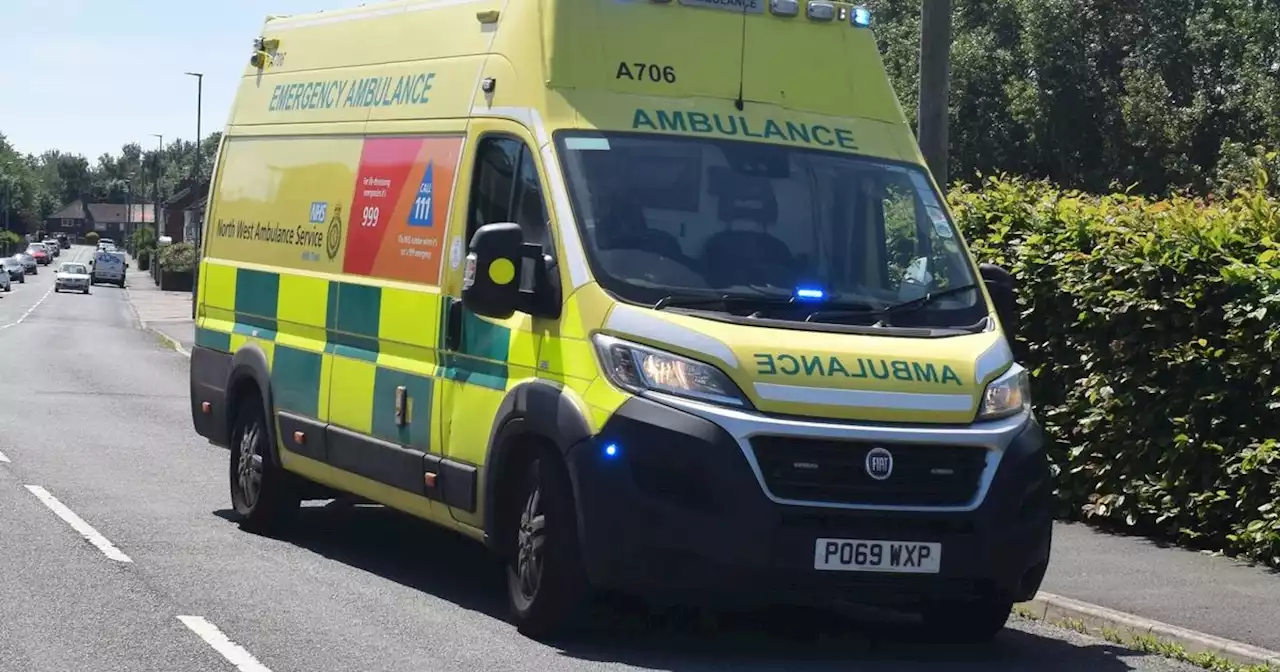 More ambulance workers vote to strike ahead of ChristmasNHS chiefs have warned that ambulance services will be 'incredibly stretched' due to the strikes
More ambulance workers vote to strike ahead of ChristmasNHS chiefs have warned that ambulance services will be 'incredibly stretched' due to the strikes
Read more »
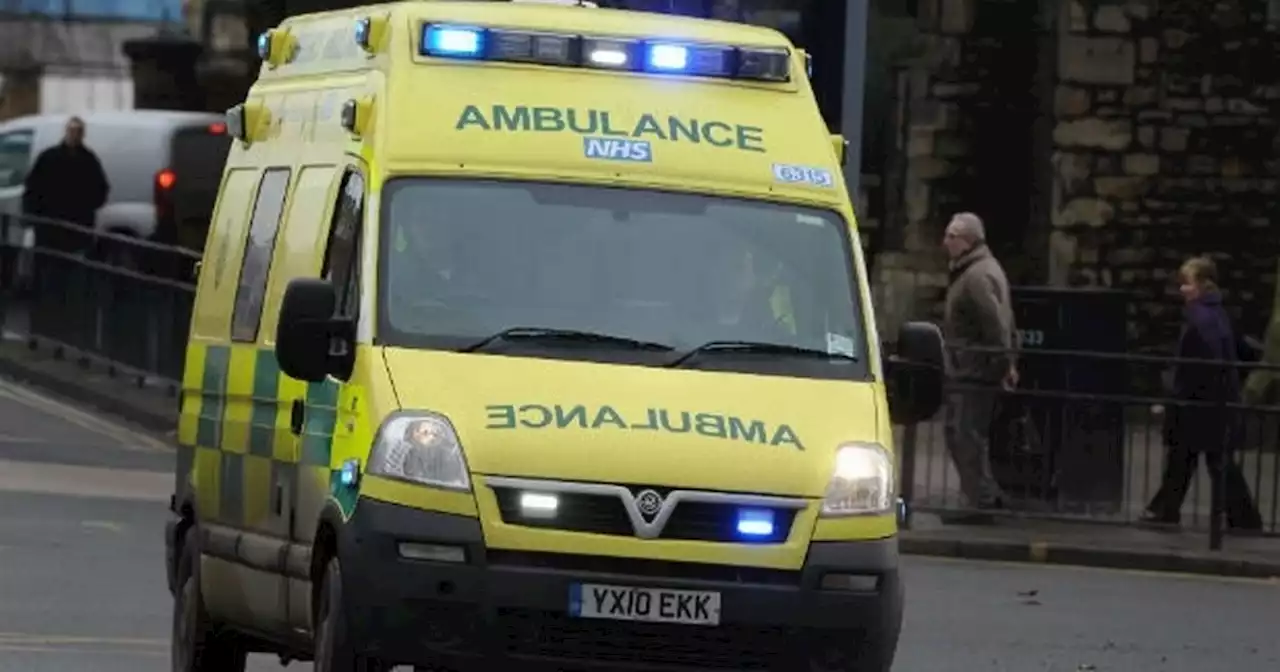 EMAS workers vote to strike over payUnion bosses say ambulance workers and other NHS staff are 'on their knees'
EMAS workers vote to strike over payUnion bosses say ambulance workers and other NHS staff are 'on their knees'
Read more »
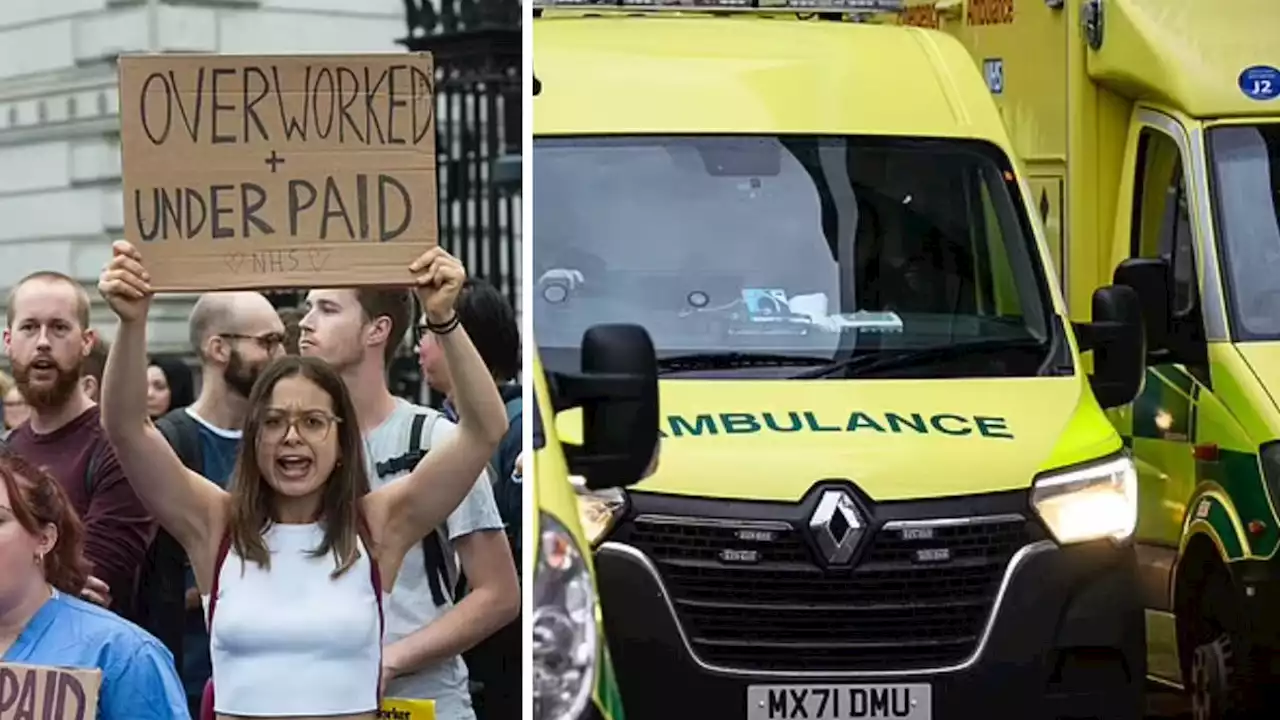 NHS winter walkouts as 10,000 ambulance workers join nurses in voting to strikeMore than 10,000 ambulance workers have voted to strike across nine trusts in England and Wales, the GMB union has announced.
NHS winter walkouts as 10,000 ambulance workers join nurses in voting to strikeMore than 10,000 ambulance workers have voted to strike across nine trusts in England and Wales, the GMB union has announced.
Read more »
 Factors influencing conveyance of older adults with minor head injury by paramedics to the emergency department: a multiple methods study - BMC Emergency MedicineBackground Head injury (HI) in older adults due to low-energy falls result in a substantial number of emergency department (ED) attendances. However, mortality associated with minor HI is very low. Reducing conveyance to hospital is important for older adults and is a priority for the National Health Service (NHS). Therefore, paramedics are required to make accurate decisions regarding conveyance to the ED. This study used routine data and semi-structured interviews to explore the factors that influence paramedic decision-making when considering whether to convey an adult aged 65 years and over with a minor HI to the ED. Methods Semi-structured telephone interviews were completed with ten UK paramedics from a single EMS (ambulance) provider organisation. Interviews explored the factors influencing the paramedics’ conveyance decision-making in adults aged 65 years and over with a minor HI. Data were initially analysed inductively to develop a thematic framework. A retrospective analysis of ambulance service data was also completed to determine the scope and scale of the issue in Southwest England. An in-depth audit of 100 conveyed patient records was used to determine the proportion of patients conveyed to the ED who met National Institute for Health and Care Excellence (NICE) and Joint Royal Colleges Ambulance Liaison Committee (JRCALC) guidelines. Results In 2019 South Western Ambulance Service NHS Foundation Trust (SWASFT) attended 15,650 emergency calls to patients aged 65 and over with minor HI, with 70.5% conveyed to ED. 81% of conveyed patients met NICE and JRCALC guideline criteria for conveyance, with the remainder conveyed due to wound care or other medical concerns. The framework developed from the interviews comprised four themes: resources; patient factors; consequences; paramedic factors. Important factors included: the patient’s social situation; guidelines; clinical support availability; the history and presentation of the patient; risk. Conclusion Th
Factors influencing conveyance of older adults with minor head injury by paramedics to the emergency department: a multiple methods study - BMC Emergency MedicineBackground Head injury (HI) in older adults due to low-energy falls result in a substantial number of emergency department (ED) attendances. However, mortality associated with minor HI is very low. Reducing conveyance to hospital is important for older adults and is a priority for the National Health Service (NHS). Therefore, paramedics are required to make accurate decisions regarding conveyance to the ED. This study used routine data and semi-structured interviews to explore the factors that influence paramedic decision-making when considering whether to convey an adult aged 65 years and over with a minor HI to the ED. Methods Semi-structured telephone interviews were completed with ten UK paramedics from a single EMS (ambulance) provider organisation. Interviews explored the factors influencing the paramedics’ conveyance decision-making in adults aged 65 years and over with a minor HI. Data were initially analysed inductively to develop a thematic framework. A retrospective analysis of ambulance service data was also completed to determine the scope and scale of the issue in Southwest England. An in-depth audit of 100 conveyed patient records was used to determine the proportion of patients conveyed to the ED who met National Institute for Health and Care Excellence (NICE) and Joint Royal Colleges Ambulance Liaison Committee (JRCALC) guidelines. Results In 2019 South Western Ambulance Service NHS Foundation Trust (SWASFT) attended 15,650 emergency calls to patients aged 65 and over with minor HI, with 70.5% conveyed to ED. 81% of conveyed patients met NICE and JRCALC guideline criteria for conveyance, with the remainder conveyed due to wound care or other medical concerns. The framework developed from the interviews comprised four themes: resources; patient factors; consequences; paramedic factors. Important factors included: the patient’s social situation; guidelines; clinical support availability; the history and presentation of the patient; risk. Conclusion Th
Read more »
